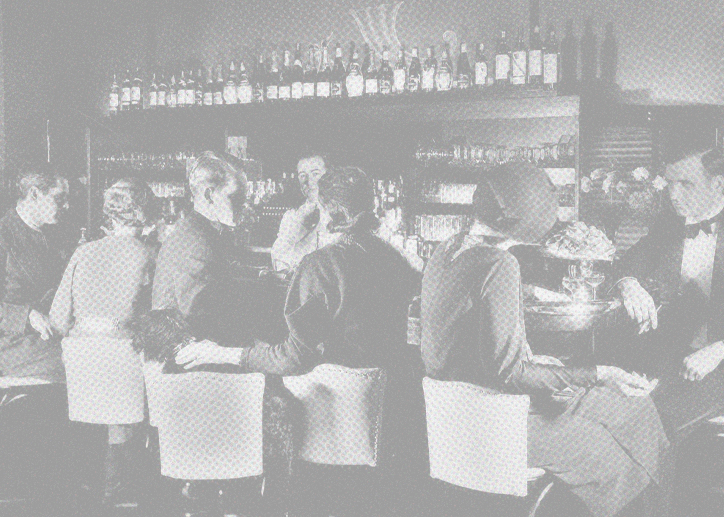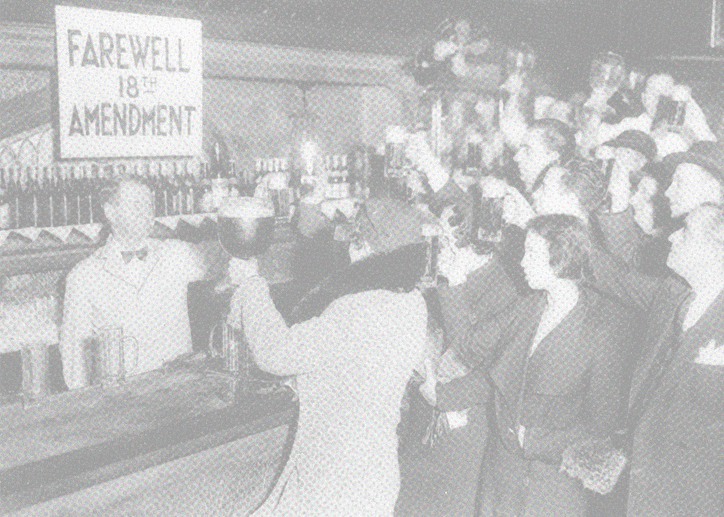The Remus Era.

18th Amendment is ratified,
outlawing the manufacture, transportation and sale of alcohol.

Volstead Act passes
Prohibition begins

Famed Chicago attorney
George Remus finds loopholes in the Volstead Act and moves to Cincinnati, Ohio to set up his empire. He will be known as the King of the Bootleggers, due to his high standards and distributing the finest bourbon of the era.

The flapper style
makes its first appearance in the United States, courtesy of the Frances Marion film The Flapper, starring Olive Thomas.
The first commercial radio stations in the U.S. go on the air in Detroit and Pittsburgh, ushering in the "Golden Age of Radio".

Remus purchases Squibb Distillery,
which sat on the north end of the current Ross & Squibb Distillery campus.
Remus hosts a legendary New Year’s Eve party,
where he gifts new cars and diamond stickpins to his guests.

The New York Yankees win their first World Series, led by MVP and 1920s icon Babe Ruth.

New York City is believed to have as many as 100,000 operating speakeasies.

Gatsby
The seminal work of the 1920s, “The Great Gatsby”, is published. Many believe Jay Gatsby was inspired by George Remus.

Louis Armstrong
makes his first records, becoming one of the most iconic figures of the “Jazz Age”

Ernest Hemingway publishes “The Son Also Rises”.
Don Juan,
the first feature-length motion picture with a soundtrack, is released.

From mid-1928 to mid-1929, Feds confiscate 11,416 stills, 15,700 distilleries and 1.1 million gallons of alcohol across the United States.
Thanks to Prohibition, by 1930, bootleggers had made an estimated $3 billion in illicit liquor sales.

The Man in the Green Hat
Washington, D.C. bootlegger, George Cassiday, a.k.a. The Man in the Green Hat, publishes a tell-all series in the Washington Post regarding his role in selling illicit liquor to wet and dry congressmen, alike.

With the ratification of the 21st Amendment, Prohibition ends.
